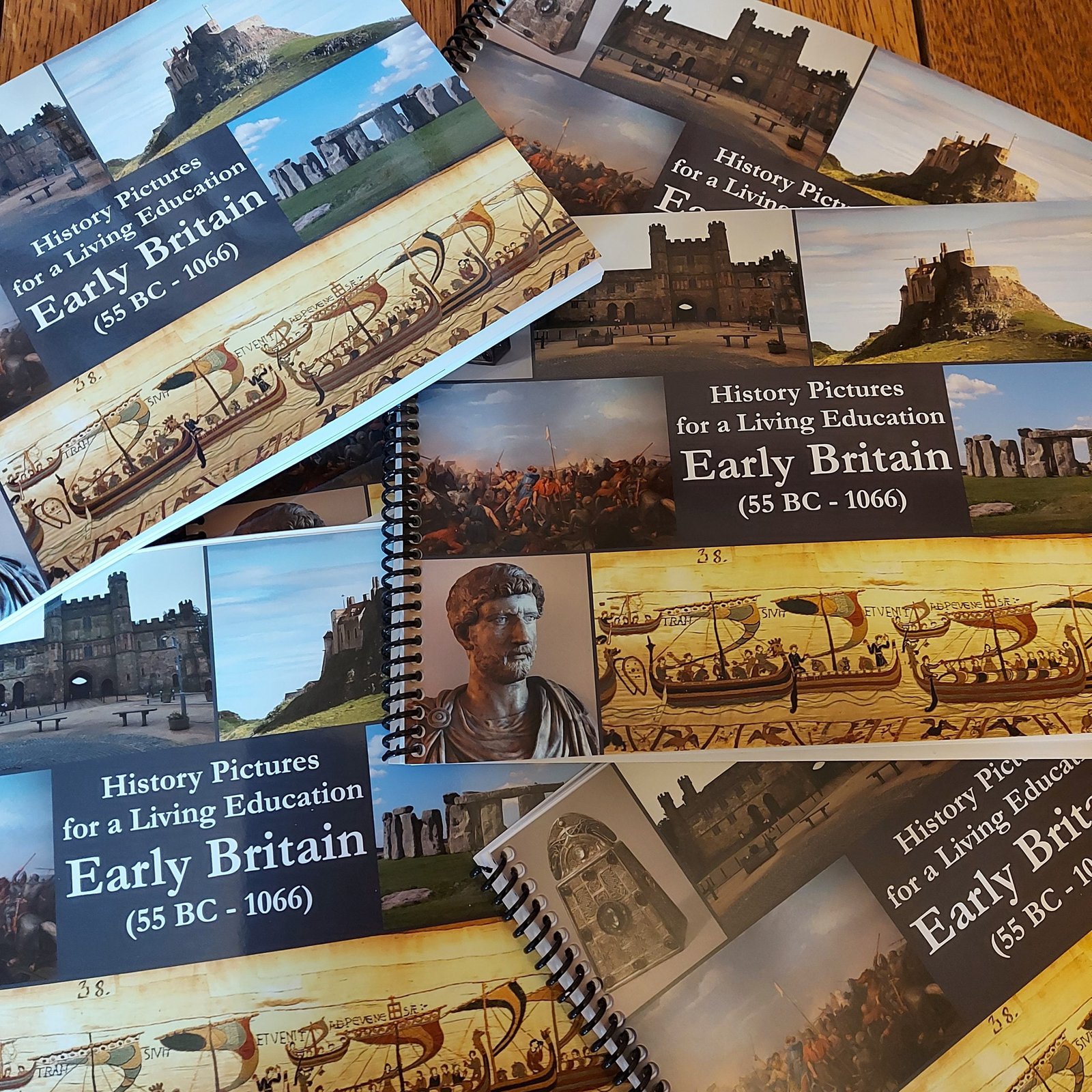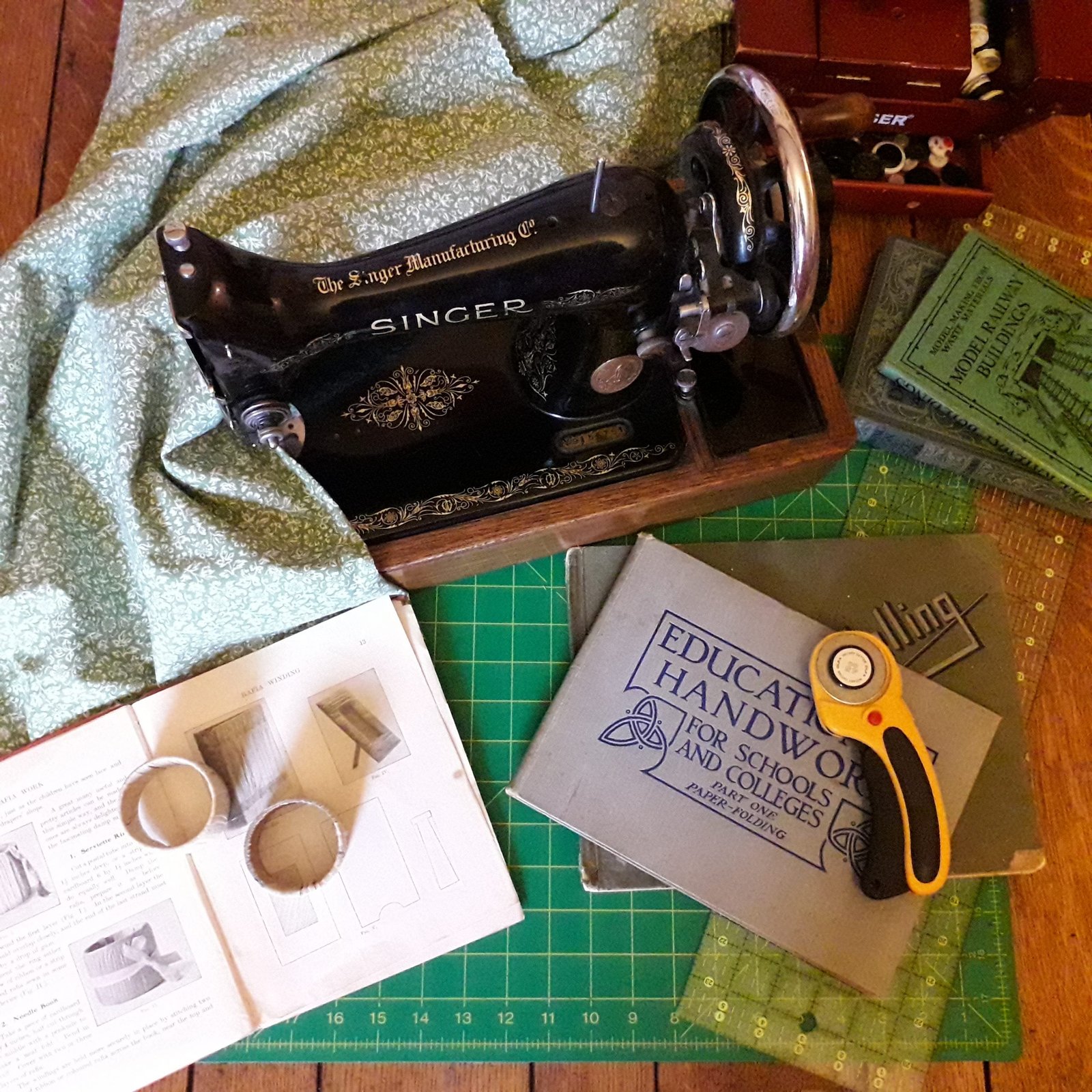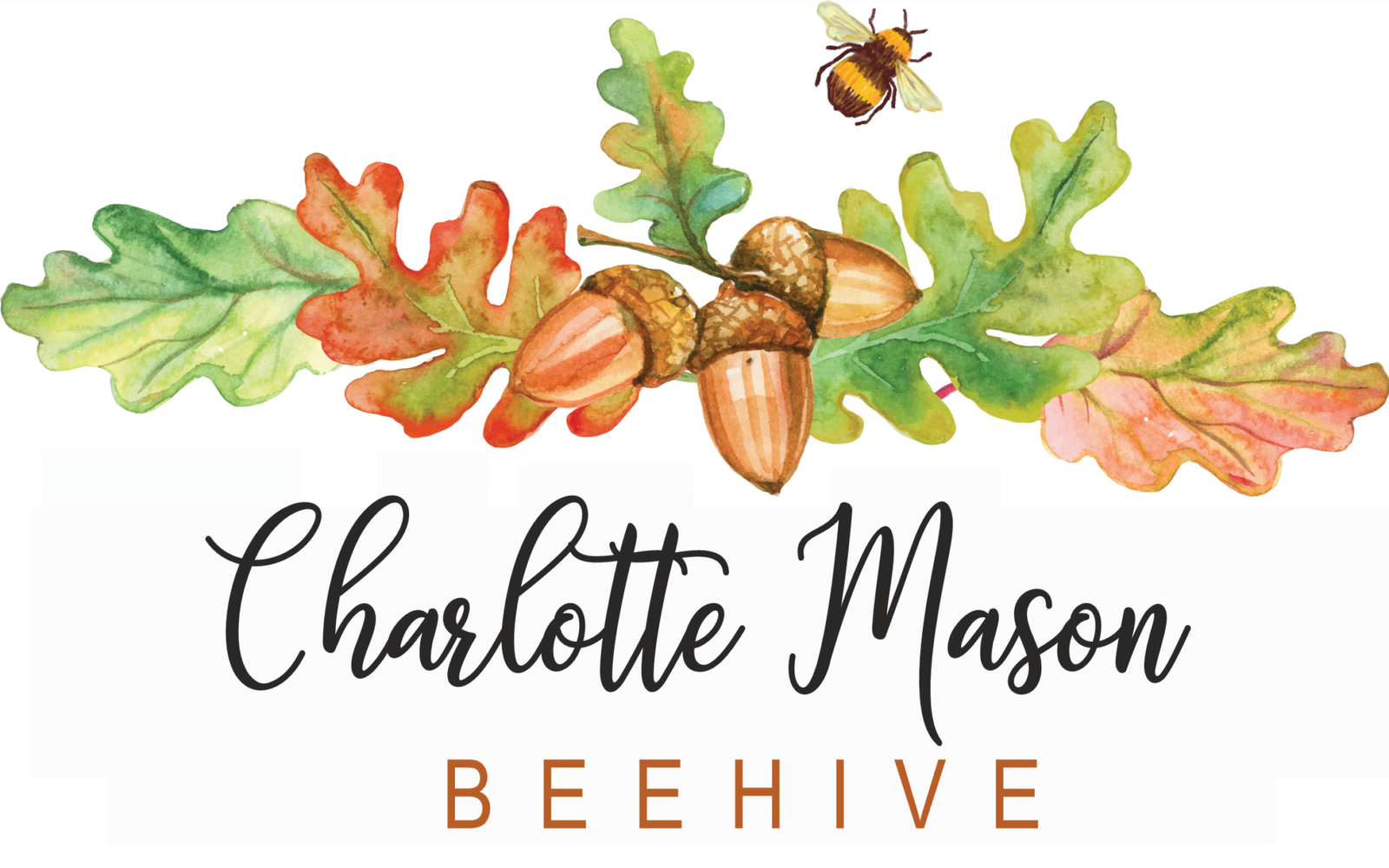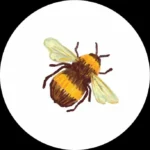Hello everyone! We hope you are all experiencing a good start to the new school year. September has always been my favourite month and we tend to have a lot …

Introducing Charlotte Mason Beehive International
It is with great excitement that we announce the launch of our new website, Charlotte Mason Beehive International (charlottemasonbeehive.com), created especially to serve our growing network of customers who live …

Behind the Scenes with The Counties of England
Behind the Scenes is a new feature of Charlotte Mason Beehive. Walk with me while I open my heart—raw, uncensored, and authentic—and tell the stories behind Charlotte Mason Beehive, our …

Musical Appreciation: A Quick Overview
“Musical Appreciation, of course, has nothing to do with playing the piano. It used to be thought that ‘learning music’ must mean this, and it was supposed that children who …

Available now: ‘History Pictures for a Living Education: Early Britain’
We’re thrilled to announce the release of our brand new history resource for home educators using the Charlotte Mason Method of Education. ‘History Pictures for a Living Education: Early Britain’ …

Available now: ‘Paper Folding’, by H. G. Paterson
We are thrilled to announce the first republication of H. G. Paterson’s Paper Folding in over a hundred years. Paper Folding was assigned by Charlotte Mason in the programmes sent …

Sunday Reading in Form I
A highly unique and beautiful addition to Charlotte Mason’s programmes, Sunday reading was an optional proponent to be taken on this most sacred day. As a way to honour the …

Bible Lessons in Form I & II
“But let the imaginations of children be stored with the pictures, their minds nourished upon the words, of the gradually unfolding story of the Scriptures, and they will come to …

Handiwork: Form I
“It is not possible to do more than mention two more important subjects––the Handicrafts and Drills––which should form a regular part of a child’s daily life […] The Handicrafts best …

Picture Study: A Quick Overview
“The art training of children should proceed on two lines. The six-year-old child should begin both to express himself and to appreciate, and his appreciation should be well in advance …



